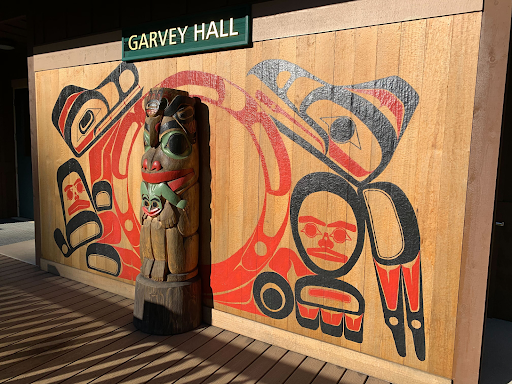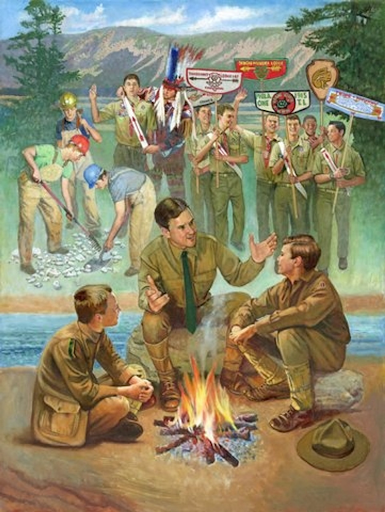
Sam Eng is the perfect example of someone you might consider a veteran Scouter. His long involvement in the program is something others look up to, and his continued service to both the Order of the Arrow and BSA has helped make the program better in many areas.
Sam became involved in the program at a young age in the late 1940s, when Scouting was still relatively new to the United States. Many families were just learning about the program, which was seen as an admirable challenge for youth at that time. After being elected into the Order of the Arrow, he completed his ordeal and became a member of T’Kope Kwiskwis Lodge in Washington, eventually becoming its secretary of the treasury. In 1959, he kept his vigil and received the Vigil name Hiyu Kahtho, which is interpreted as ‘‘Brother to Many.”
The 1953 National Jamboree, held in Orange County, California, was the first nationwide event he was fortunate enough to attend, providing an opportunity for him to travel by train for the first time in his life. Events like this helped instill memories that would last a lifetime. He participated in the fifth NOAC at Indiana University in 1956, leading his lodge’s dance team to an excellence award in the competition. The program taught him many things, including the importance of community and friendship, and its impact continued throughout his adult life.
After an extended hiatus during college, he received a phone call from a friend asking for help volunteering in Scouts. This drew Sam back into the program, where he could eventually apply his passion for art and helping other people.
Looking back, he said,
“Scouting is a good program. The need to help is there, and I’m often able to provide that help with challenges people have in the lodge or on their own.”
The skills he learned in Scouting as a youth are still with him today, and when he needs to use them, they’re always there. On a recent project he was working on that involved using lashings on a wooden handrail, he never thought twice about the skill, as it had always been there and he was familiar with it.
One of the most important things in his life is his love and passion for art. He primarily specializes in woodcarving and helps make masks, totem poles, and dance accessories for his lodge and is self-taught in his craft. Native American lore greatly influences his work, and much of his art follows the Canadian Haida style. Rather than copying and redoing existing styles, his art is often original and based on others’ concepts; he can follow the style of Northwest Pacific art to create beautiful pieces that are fresh and new. An inspiration, Bill Holm, pioneered the craft early on in its time and was who Sam often looked to for advice.

His artistic abilities extended beyond the craft of woodworking as well. His work also included the designs for the first lodge flap and neckerchief of T’Kope Kwiskwis in 1956, which have now become expensive collector items. New Jersey artist Joseph Csatari, who painted professionally for the Scouts BSA, recently included Sam’s flap in his painting Visions of the Founder, unveiled at NOAC 2012 in preparation for the Order of the Arrow's centennial in 2015.
Sam currently serves as a volunteer helping out wherever he’s needed but is mostly involved with his local summer camp, Camp Parsons. The spirit of the Order of the Arrow has always stayed with Sam. He is always willing to serve and volunteer, even for an organization he’s slowly stepped back from as he grows older.
To him, “Scouting will work its way through time and will always be there.”
Despite the challenges the Order of the Arrow has faced, the program has come a long way. With a rich history and the fact that there will always be good leaders advocating for the program, Scouting will always exist within our world. He also hopes that others enjoy working in Scouting as much as he has and hopes that others can experience this continually evolving but always important program.
